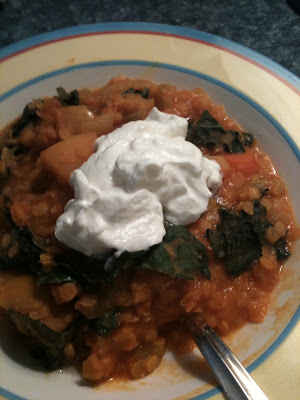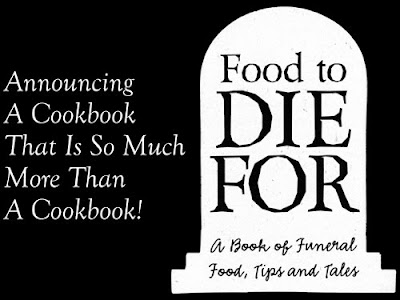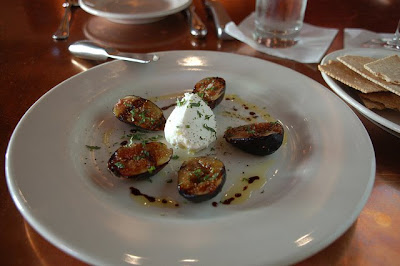
Mark Bittman:
We’re not just buying, we’re growing | Urban agriculture is on the rise. If you’re smirking, let me remind you that in 1943, 20 million households (three-fifths of the population at that point) grew more than 40 percent of all the vegetables we ate. City governments are catching on, changing zoning codes and policies to make them more ag-friendly, and even planting edible landscaping on city hall properties. Detroit, where the world’s largest urban farm is under development, has warmly and enthusiastically embraced urban agriculture. Other cities, including Pittsburgh, Philadelphia (more on Philly in a week or two), New York, Toronto, Seattle, Syracuse, Milwaukee and many more, have begun efforts to cultivate urban farming movements. And if local food, grown ethically, can become more popular and widespread, and can help in the greening of cities — well, what’s wrong with that?
More, including a great Wendell Berry quote, here.
It occurs to me that Beltane would be a great time for Witches and other Pagans to do blessings for local, community, and urban gardens and farmers' markets. (Although performing the Great Rite at the farmers' market could be dicey. ;) )
Picture found here.










